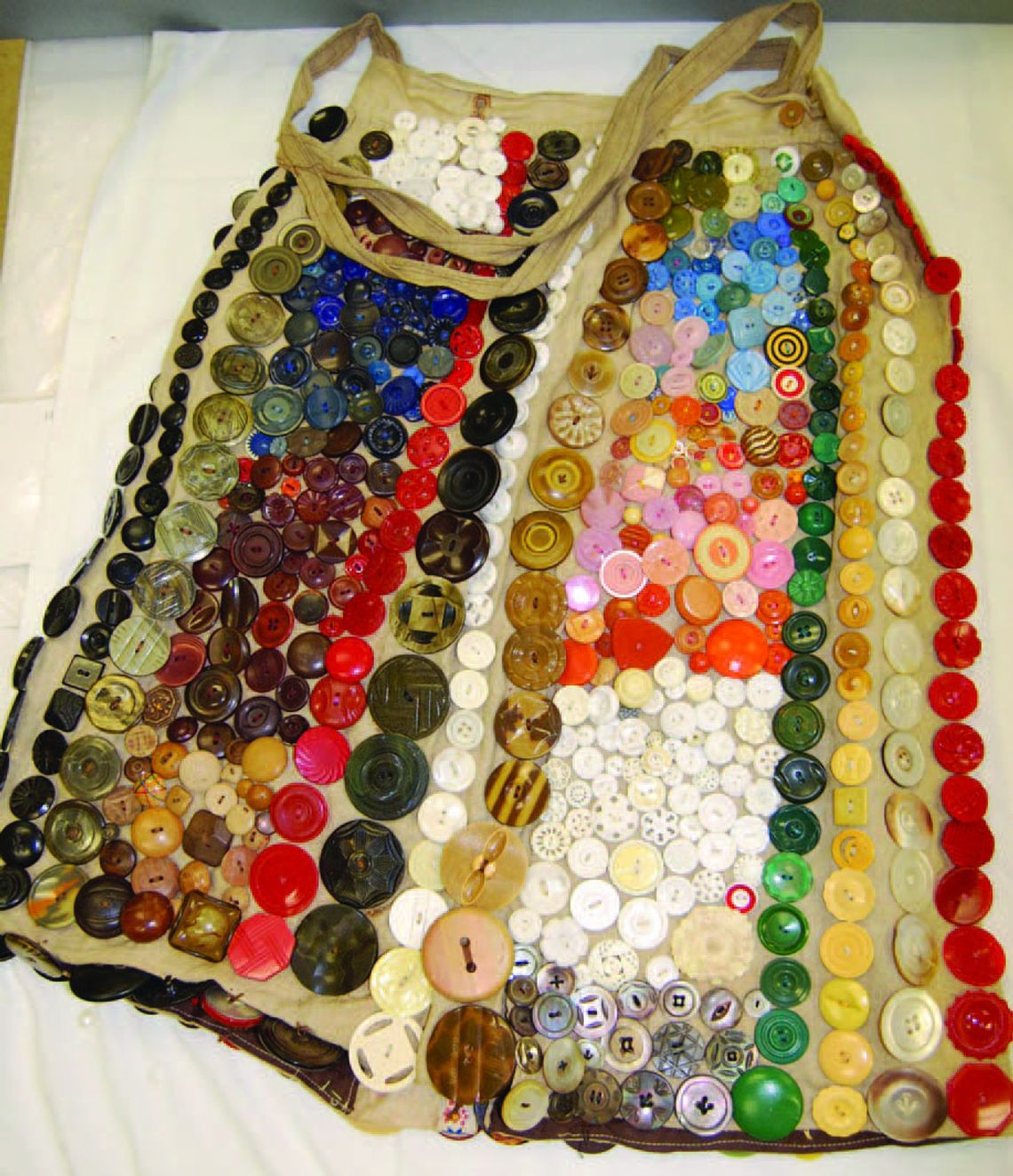loads of broken oyster shells for sale, “very cheap.” By 1898 this company had apparently been renamed the Nebraska Pearl Button Co. and Kaspar’s company was now the Omaha Button Manufacturing Co.
The future of these companies seemed uncertain because upon passage of the McKinley Tariff, European button makers had begun shipping “pearl blanks” to the United States, essentially finished buttons lacking only the button holes, to avoid paying the tax on imports of finished goods.
Despite protests by American button makers, a judge had ruled that the blanks were not subject to the tariff.
By 1902, both Omaha button companies had disappeared from the city directory, leaving only John Namestek, apparently working as a sole proprietor, listed as a “button manufacturer.” Whether legal decisions, tariff policy, labor costs, or distance from sources of raw materials brought the demise of the Omaha button factories awaits additional research. By 1916, Muscatine, IA, had a thriving button industry, whose raw material was fresh water mussel shells harvested from the Mississippi River and its tributaries.








